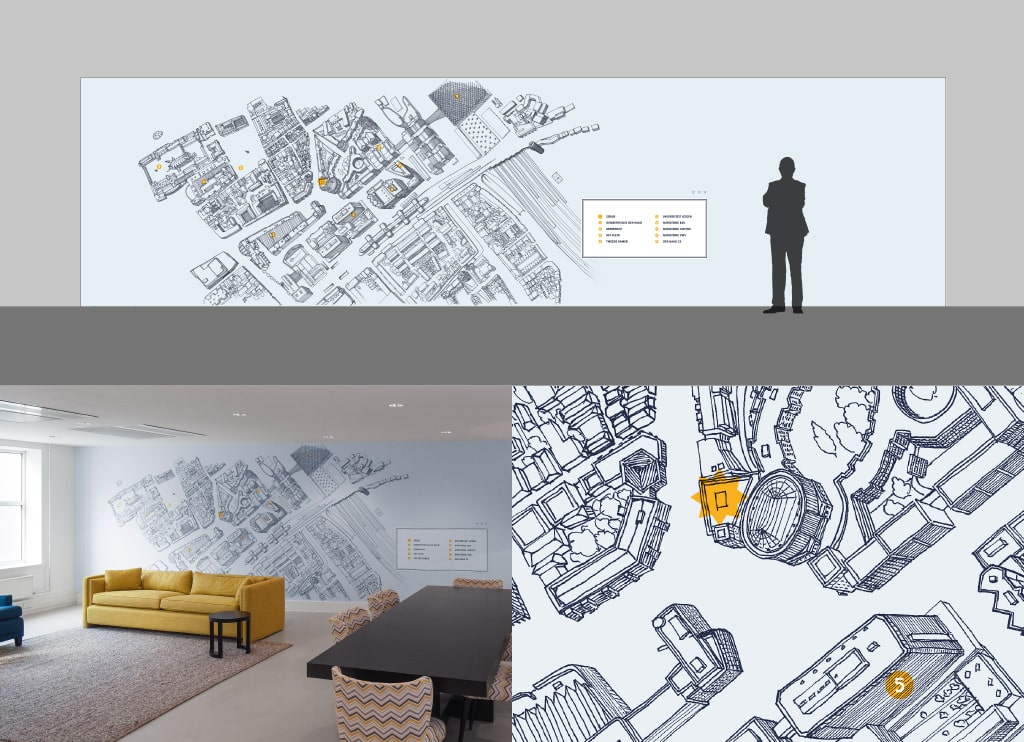
Blog: Creating Collaborative Working Spaces
How, where, and when we work is changing radically. People nowadays are expecting maximum freedom to use their skills and talents in the way they believe best, for their own as well as their employer’s benefit. Space is an important factor in the working environment and can, if designed right, stimulate worker’s creativity and amplify an organisation’s productivity. Providing a space in which workers can independently work, as well as collaborate and interact, stimulates creativity and innovation.
Steve Jobs and Bill Gates both saw the importance of collaboration within the workplace, and built their company, and offices around the idea of collaboration. When we are designing offices or multi-purpose spaces we always think from a design, user and productivity angle. By providing collaborative spaces for people to meet, work and interact, knowledge can be shared and distributed in a social way.
“The key to the design of the new working environment is productivity – of both workers and, just as significantly, of space.”– Duffy & Tanis
THNK the school of creative leadership and the Institute of Design at Stanford are two of our favorite examples in this area. For instance, THNK uses the following 3 guidelines for creating collaborative working spaces:
- Find a balance between play and structure
- Design collaborative and solitary spaces
- Create an appreciative yet workable atmosphere
For some additional reading we highly recommend Stanford’s book ‘Create Space’.
This blog is written by Philip Freeke.
Skyne is responsible for a variety of successful and collaborative working spaces, including Bugaboo Van Gendthallen in Amsterdam, Flow Real Estate in The Hague, Stayokay Hostels throughout The Netherlands and Abu Dhabi Terminals in Abu Dhabi.
